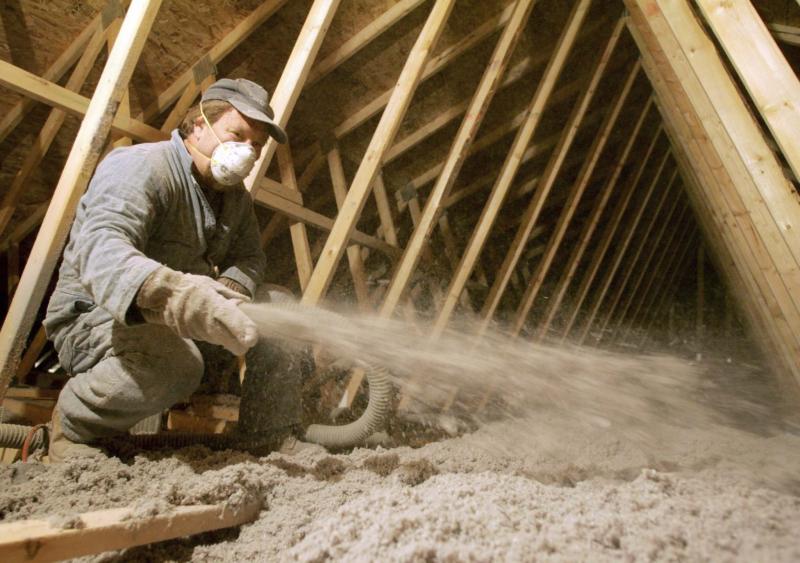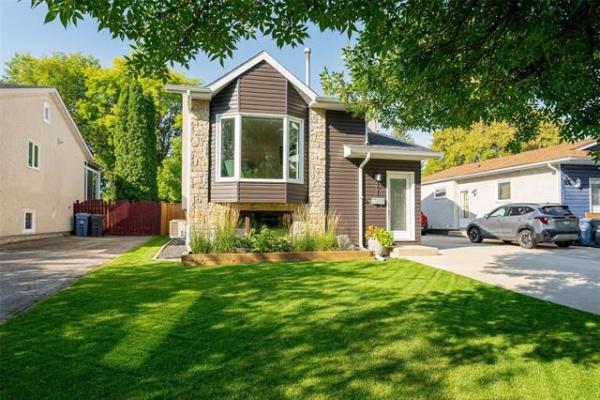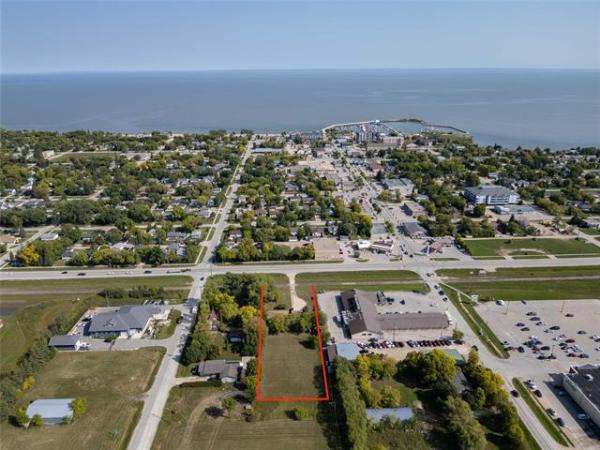Question: My house was built in 2003. The first sign of water leaking was from three electrical outlets in the kitchen, where I had light fixtures. It occurred during the first spring in the house. I mentioned it to the builder, and was assured it shouldn’t be a problem, since my house was closed up before the snow. Basically, they did not want to investigate. Initially, the leaking wasn’t occurring every spring. But it happened often enough that I had water stains on my stipple ceiling, where one particular pot light was located. Then, I also noticed water dripping from my kitchen window frame, and a hole was created in the ceiling by the water in my dining room. All the water damage is occurring on the east side of the house.
Currently, I am renovating my kitchen. I went up into the attic with my contractor and discovered that where the electrical boxes for my kitchen lighting fixtures were, those areas were not sealed properly. Now, with new electrical fixtures in the kitchen, they have been sealed properly, but that doesn’t resolve my problem with the window frame and dining room ceiling. I’ve been told that back in 2003, the standard for insulation may have been R20, but is now R50. I was told to consider adding more insulation in the attic to prevent moisture and frost buildup, which may be the problem.
Before I invest in more insulation, I want to ask you what your thoughts are on this problem. Is this common? Are there other solutions or other causes?
Thank you in advance.
— Regards, Emma
Answer: It is common to have some issues with condensation and moisture in the first couple of years in a home, but not the type you are describing. The attic was obviously not air-sealed properly from the get-go, and improvements to that should be done before any upgrades to the insulation.
Due to the amount of moisture released from many building materials in new home construction, a small amount of condensation and moisture issues can be expected in the first year or two after completion. This is most often observed at the bottom of the insulated walls inside the foundation, due to poor air-sealing practices and drying of the concrete foundation. There may also be a substantial amount of frost in the attic, especially if the home was completed in the fall or winter. Either of these issues may be enough for some concern, as insulation may become wet when the frost melts, creating an ideal environment for mould and rot growth. Fortunately, a lot of these damp areas or components will dry out over time, minimizing future problems.
In your home, it appears that the primary issue is with frost buildup and melting in the attic. This can even cause water to leak in through exterior walls, often through window or door frames, as you have seen. While wet building materials may account for some of the initial spring water, it does not explain why this has continued on and off for years. The only plausible explanation for that is what has already been discovered by your current contractor. The home, particularly relating to the attic, was never properly air-sealed. This crucial part of new construction is primarily accomplished by installation of a complete 6MIL polyethylene air/vapour barrier. This plastic sheathing prevents warm air and moisture intrusion from the house into insulated spaces. While the exterior walls are important to seal, the attic and all protrusions, joints and junctions through the poly sealing of the attic are critical. These areas need special attention, and several different methods should be employed to ensure a good air seal.
The main areas of air intrusion through the middle of your ceiling may be at the junction boxes for lights and other electrical components, or the actual light housings. These are typically sealed with a combination of a plastic "boot" over the junction box or light fixture, acoustical sealant (caulking) at all joints and plastic tape around wiring and other areas that need securing. Insulation is then installed over top of the sealed plastic to prevent heat loss. While these areas may be the most important and potentially problematic, other areas also have to be properly addressed.
The top of partition and exterior walls in homes can act as small chimneys to funnel warm air into the attic above, if not well sealed. That is often accomplished by installation of a small section of poly between the two top plates of the walls. The 6MIL sheathing extends out laterally from the sides of the wall plate, and is normally sealed to the main sections of ceiling poly with acoustical sealant and tape. Further plastic boots, poly, tape and sealant should be used in other areas where wires, fasteners, plumbing pipes, and switch and receptacle boxes penetrate this membrane.
Attic access hatches are another area where proper insulation and weather-stripping installation is often required. If any of these areas are not properly sealed, warm air leaking into the attic and exterior walls is a certainty. With this air comes dissolved water vapour, which will condense in cold weather, and create frost when the temperature drops low enough.
So, the solution is not to initially add more insulation, which may only slow down the air that leaks into the attic, but to seal those areas where the air leakage is occurring. To accomplish that, the existing insulation will have to be temporarily pulled back to expose the trouble spots. These may be sealed using the methods just described, or by blowing in high-density foam insulation over top of wall plates and protrusions and into tough-to-reach areas.
A lack of proper air sealing is undoubtedly the cause of the moisture intrusion you are seeing in your exterior walls and ceilings. Repairs to all poorly sealed areas must first be done, which can then be followed by installation of additional insulation as needed, to prevent warm air, heat loss and moisture issues.
Ari Marantz is the owner of Trained Eye Home Inspection Ltd. and the past president of the Canadian Association of Home & Property Inspectors — Manitoba (cahpi.mb.ca). Questions can be emailed to the address below. Ari can be reached at 204-291-5358 or check out his website at trainedeye.ca.
trainedeye@iname.com




